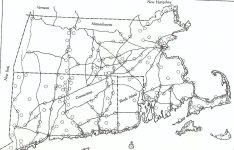Hey how much can you tell me about native American (and later Pioneers too but originally the native population was known for creating/using them) trail marker trees? I.e. how much does marking and altering them stunt their growth?, Where might this particular one be leading a traveler?, What are the chances there's something/anything in the hollow that runs the length of the horizontal part of the tree (about 6-8 yards) that holds significance?, How do I find out anything about it from its surroundings?, Do the knobs put on it have specific meaning by placement or size or are they more of a feng shui feel that just the locals understood? Plz any knowledge u can kick down is appreciated and ill ad photos asap.
Thanks
-Dub
Thanks
-Dub
Upvote
1









